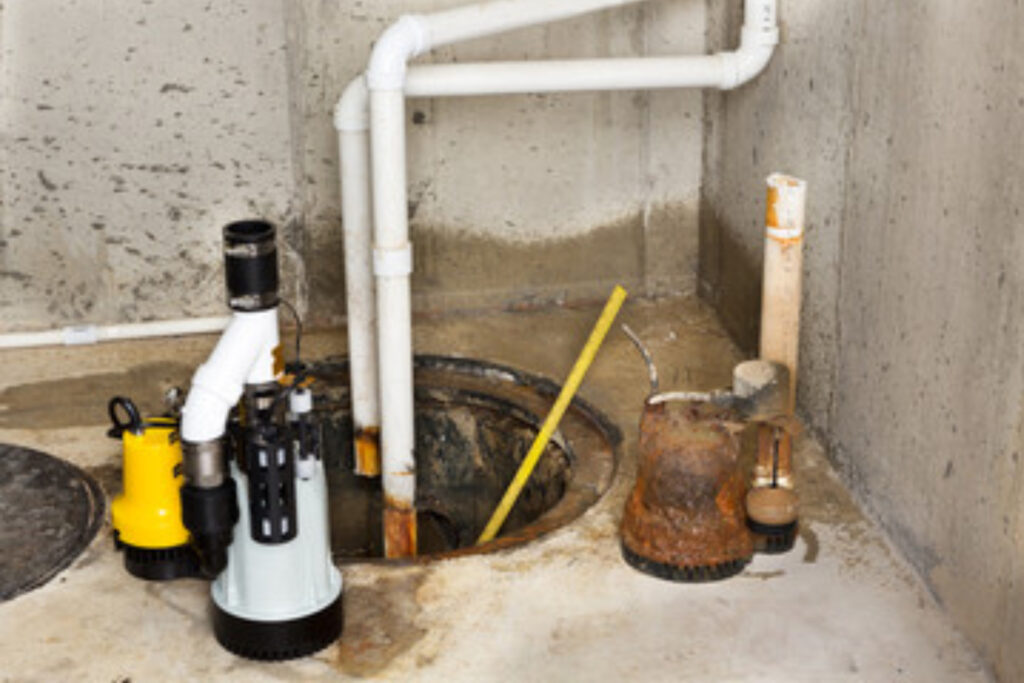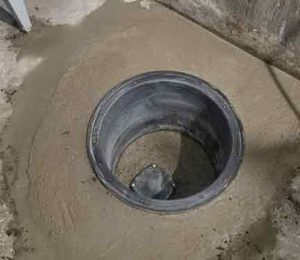Your Comprehensive Guide to Servicing a Sump Pump
Your Comprehensive Guide to Servicing a Sump Pump
Blog Article
This article in the next paragraphs involving How To Effectively Clean A Sump Pump is rather insightful. You should read it.

Sump pumps are important parts in several homes, especially in areas prone to flooding or excessive wetness. They aid stop water damage by successfully removing excess water from basements or crawl spaces. Nonetheless, like any other appliance, sump pumps need routine upkeep to guarantee they work successfully when needed one of the most. Cleaning your sump pump is an important part of its upkeep, and understanding exactly how to do it correctly can save you from costly repairs and potential disasters.
Introduction
Preserving a tidy sump pump is essential for its appropriate performance and long life. Ignoring this necessary job can cause clogs, malfunctions, and ultimately, water damages to your building. Consequently, learning how to clean up a sump pump is vital for homeowners that count on these tools to maintain their cellars completely dry and protected.
Recognizing the Sump Pump
Before diving into the cleansing procedure, it's vital to have a basic understanding of exactly how a sump pump functions. Usually set up in a pit or container listed below the cellar flooring, a sump pump consists of a number of crucial elements, consisting of a pump, a float button, and a discharge pipe. When water builds up in the pit, the float switch activates the pump, which after that pumps the water out via the discharge pipe, away from the structure's structure.
Indicators of a Dirty Sump Pump
Understanding when your sump pump needs cleansing is vital for protecting against possible malfunctions. Some typical indications that show an unclean sump pump consist of odd noises during procedure, reduced water circulation, and visible debris in the pit. If you discover any of these signs and symptoms, it's essential to cleanse your sump pump immediately to prevent any more concerns.
Getting ready for Cleaning
Prior to you start cleaning your sump pump, it's essential to take some safety and security preventative measures. Beginning by turning off the power to the pump to prevent any electric crashes. Furthermore, put on suitable safety gear, such as gloves and goggles, to secure on your own from dirt, particles, and prospective virus.
Step-by-step Guide to Cleaning a Sump Pump
Shutting down the Power
Begin by disconnecting the power supply to the sump pump to stop any type of crashes while cleansing.
Removing Debris and Dust
Use a pail or an inside story to get rid of any visible particles, dirt, or sediment from the sump pit. Dispose of the particles correctly to prevent it from blocking the pump or the discharge pipe.
Cleaning the Pump and Drift Switch
As soon as the pit is free from debris, very carefully get rid of the pump from the pit. Evaluate the pump and the float button for any type of indications of damage or wear. Make use of a soft brush or fabric to clean up the surfaces and eliminate any accumulated gunk.
Flushing the System
After cleaning the pump and float button, purge the sump pit with tidy water to get rid of any kind of remaining dirt or debris. This will certainly assist ensure that the pump runs efficiently and effectively.
Checking for Correct Functioning
Before re-installing the pump, do a fast test to ensure that the float switch triggers the pump properly. Put some water into the sump pit and observe the pump's procedure. If everything is functioning correctly, you can rebuild the pump and reconnect the power supply.
Upkeep Tips to Maintain Your Sump Pump Clean
Along with routine cleaning, there are a number of upkeep pointers you can comply with to maintain your sump pump in optimal condition:
Final thought
Cleaning your sump pump is a crucial facet of its maintenance and ensures that it runs effectively when you require it one of the most. By adhering to the steps described in this overview and including regular upkeep into your regimen, you can expand the life-span of your sump pump and shield your home from water damage.
6 STEPS ON HOW TO CLEAN A SUMP PUMP PROPERLY
UNDERSTANDING SUMP PUMPS
Your sump pump plays a crucial role in protecting your home by managing and removing excess water. It primarily functions as a “shield”, guarding your basement against the damaging effects of water accumulation. The pump is housed in a sump pit in the lowest part of your basement, and its job is to pump out any water that collects there.
During heavy rainfalls or when snow melts rapidly, water can infiltrate your basement, posing potential risks like flooding, structural damage, and harmful mold growth. Here, the sump pump springs into action, pumping out the intruding water and directing it away from your home.
SAFETY FIRST
Before cleaning, remember to prioritize safety. Disconnect the sump pump from the power source to prevent any accidental electric shocks. Also, wear sturdy gloves to protect your hands from any sharp or dirty components within the pump.
REMOVE THE SUMP PUMP
After ensuring your safety, the next step is to remove the sump pump from its pit. Doing this might require careful maneuvering as you don’t want to damage any pump components. Once removed, clean the sump pit to remove any accumulated debris or sludge.
INSPECT THE PUMP
Inspect the pump for any visible signs of wear or damage. Check the power cord, float switch, and impeller housing. If any components look worn out or damaged, consider replacing them to ensure optimal performance.
CLEAN THE PUMP
Thoroughly clean the pump with warm, soapy water. Make sure to rid it of any dirt, gravel, or other debris that might impede its performance. You can use a toothbrush to clean the small, hard-to-reach parts of the pump.
REINSTALL THE SUMP PUMP
Reinstall the pump into the sump pit Make sure it’s positioned correctly to remove the water effectively Once it’s back in place, reconnect it to the power source TEST THE PUMP
Finally, pour some water into the pit to ensure the pump works correctly. It should start automatically and begin pumping out the water; if it doesn’t, check the power source and the positioning of the pump.
Remember, while cleaning your sump pump is an essential part of home maintenance, hiring a professional plumber for a thorough inspection and cleaning at least once a year is also important. This will ensure that your pump is in optimal condition, ready to protect your home from potential water damage.
BEST PRACTICES FOR CLEANING SUMP PUMP DISCHARGE PIPES
Regular Inspection: Regularly inspect your discharge pipes, especially during heavy rainfall or snowmelt periods. Look for any signs of blockage or damage. Early detection of problems can prevent serious issues down the line. Periodic Cleaning: Over time, sediment and debris can accumulate in the discharge pipes, impeding the flow of water. Regular cleaning helps keep the pipes clear and functioning efficiently. You can use a high-pressure water jet to effectively clean the pipes. Insulation During Winter: In colder climates, discharge pipes can freeze, blocking the outflow of water. Protect your discharge pipes from freezing temperatures by insulating them with foam pipe insulation. This will ensure the sump pump can continue to discharge water even in freezing conditions. Proper Positioning: The discharge pipe should be positioned to direct water away from your home’s foundation. Improper positioning can lead to water seeping back into the basement. Ensure the pipe is long enough and angled correctly. Installation of a Check Valve: A check valve prevents water from flowing back into your sump pit after the pump has pushed it out. Installing a check valve helps maintain the efficiency of your sump pump and reduces the risk of flooding. Minimize Pipe Turns: Every curve or turn in the discharge pipe can decrease the efficiency of water flow. By minimizing turns and bends in your discharge pipe, you can increase the efficiency of your sump pump. https://www.fullspeedplumbing.com/how-to-clean-a-sump-pump-properly9999/

We hope you enjoyed our topic about . Thank you for taking the time to browse our blog. Enjoyed reading our posting? Please share it. Let somebody else discover it. Kudos for being here. Don't forget to stop by our blog back soon.
View More Report this page